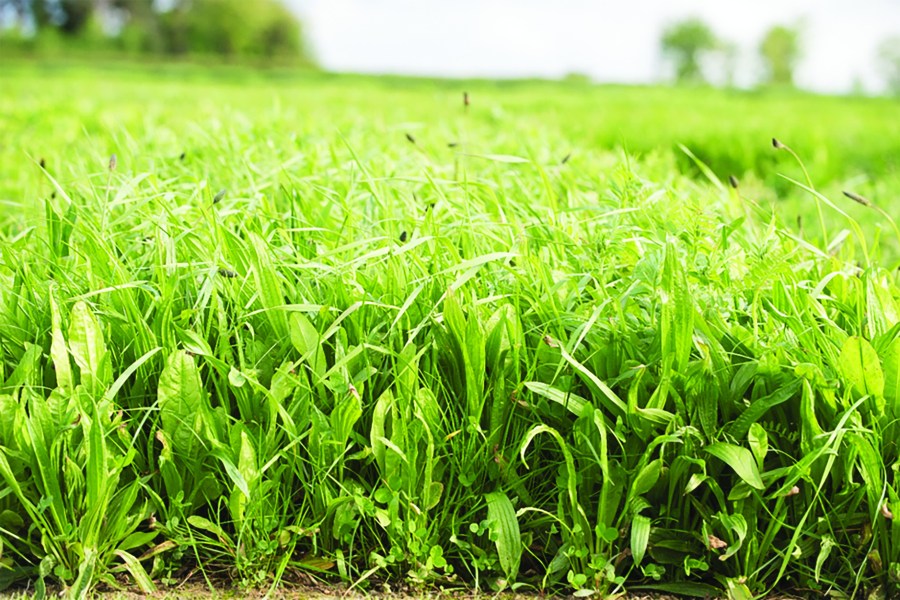Growers committed to herbal leys as a 2023 Sustainable Farming Initiative option should pay particular attention to the suitability of seed mixtures, warn experts.
While Defra has issued guidelines as to what constitutes a ‘herbal ley’ under the scheme, those guidelines aren’t mandatory, stresses Barenbrug’s Janet Montgomery.
“A seed mixture that’s been constituted only to tick boxes against the SAM3 guidelines is perhaps not the best approach. While it may serve to meet the bare minimum required, it risks doing little or nothing to achieve the full intention of a herbal ley, environmentally or agronomically,” she says.
“The best herbal leys deliver improvements in soil health, structure and fertility, and increased biodiversity, while remaining agronomically productive. That’s the true spirit of the SFI – delivering environmental benefits with approachable principles that continue to deliver productivity as part of a conventional farming system,” adds Janet.
She believes that while some mixtures are labelled ‘SAM3’, they could be little more than a standard mix with a ‘top-up’ of legumes and herbs.
Best results
“It’s like buying an unknown brand of cola – while the label shows all the same ingredients as the top brand, there’s always a difference in taste. It’s all about know-how – knowing how to blend to get the best results.”
Similarly, a below-par seed blend is likely to result not just in a poor herbal ley, but unsatisfactory agronomic performance to boot, she warns.
“A herbal ley is a really approachable, accessible way to enter SFI,” observes Janet. “Done well, it’ll deliver and demonstrate that SFI doesn’t have to be difficult or result in lower productivity, if the right agronomic decisions are made.
“Yet if someone’s had a bad experience as a result of a sub-standard mixture, who’ll want to come back to the idea of a herbal ley?” she questions.
Secondary benefits
Janet acknowledges that while the absence of firm guidelines makes it more difficult to ‘second-guess’ what’ll be deemed acceptable under SAM3 measures, Barenbrug’s approach has been to review its own experience of herbal leys and select species that are known to perform well when grown together, and which offer secondary benefits such as sward resilience.
“We made the decision to go ‘all out’ for the maximum recommended number of species – that’s five grasses, three legumes, and five herbs.
“We don’t yet know how SFI claims like SAM3 will be checked and enforced, but we believe pursuing the highest quality route ensures top-notch agronomic performance without compromise, while meeting all the environmental requirements that the scheme is designed to address,” she concludes
SAM3 promises payments of £382/ha through the planting of a herbal ley.




